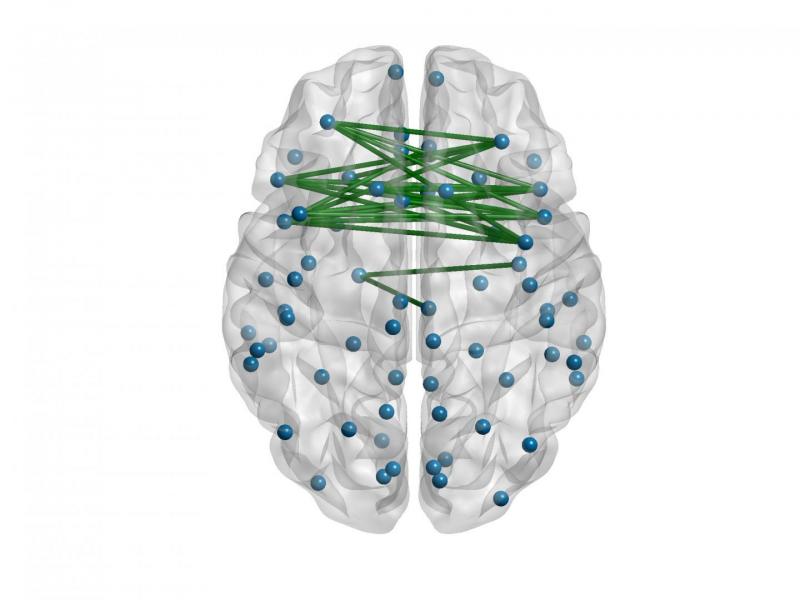Creativity might not be a “right-brain” thing after all – but rather the ability of both hemispheres to communicate. A new study from Duke University reveals that highly creative people have significantly more nerve connections between the right and left hemispheres than less creative people.
For the study, healthy college-age volunteers underwent MRI imaging using a technique called diffusion tensor imaging, which enables scientists to follow the brain’s white matter tracts by tracing the movement of water along them.
The white matter connections of 68 different brain regions were analyzed by statisticians David Dunson of duke University and Daniele Durante of the University of Padova.
Computers produced 3-D wiring diagrams of the brain.
Neuroscientist Rex Jung of the University of New Mexico collected the MRI data and performed a variety of tests to assess participants’ level of creativity. Some involved problem-solving tests that evaluated divergent thinking, such as coming up with as many uses as possible for an object like a paperclip or a brick. Another example is seeing how many geometric shapes participants could draw in five minutes.
Jung’s team also administered a survey that asked about achievements in ten areas including, creative writing, cooking, science and music.
In combination, the results created a composite creativity score for each participant.
Then a computer program examined the data from the brain maps and identified structural differences.
The results revealed that participants who were in the top 15 percent based on their creativity score had significantly more connections between the right and left hemispheres of the brain compared to those in the bottom 15 percent.
Most of the differences were seen in the frontal lobe, which is essentially the “control panel” of personality and the ability to communicate.
The researches did not find any statistical differences in the amount of connections between men or women or within each hemisphere.
“Maybe by scanning a person’s brain we could tell what they’re likely to be good at,” Dunson said in a statement. Noting that the technique might be able to predict how likely it is that a person will be creative based on their brain network structure.
Dunson’s team is now investigating whether brain connectivity is different depending on I.Q., and is also using their approach to help distinguish early Alzheimer’s disease from normal aging.
The findings were published in the journal Bayesian Analysis.







